Overview
Map
Other Details
دير مار فرنسيس الأسيزيّ
Mina N:1
Tripoli
North
يعود وجود الفرنسيسكان حرّاس الأراضي المقدّسة في مدينة طرابلس الى القرن سنة ١٢١٧. أقاموا ديرهم الأوّل في هذه البقعة، وأعيد البناء مع الكنيسة سنة ١٨٦٠. رُمّم الدّير سنة ١٩٤٧ وبنيت شرفة فوق الكنيسة. كذلك بنيت مدرسة بقيت الى سنة ٢٠١٤. يقوم الدّير اليوم برسالة في قلب مدينة طرابلس مع كافة أطياف المجتمع المحليّ.The Friary of St Francis of Assisi - El Mina TripoliThe presence of the Franciscains Custodians of the Holy Land in Tripoli goes back to 1217. Their first friary was built on this site, and rebuilt in the current structure in 1860. The building was restored in 1947 and a balcony was added over the church. The friary housed a school that remained open until 2014. Today the friary is a Franciscan mission in the heart of Tripoli working with all the people of the local society.
Visited 4345 times, 4 Visits today



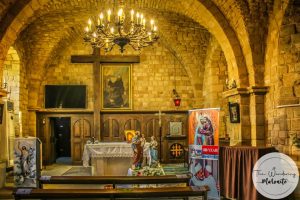
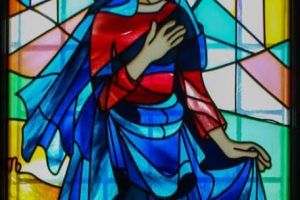
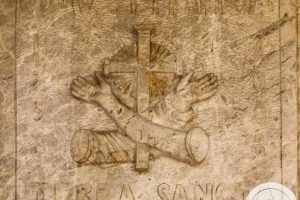
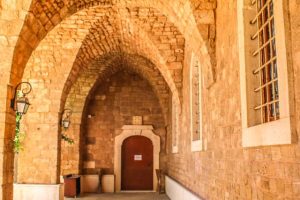
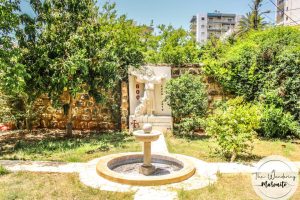





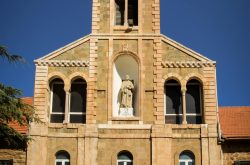
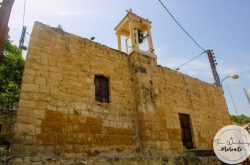

Reviews are disabled, but trackbacks and pingbacks are open.